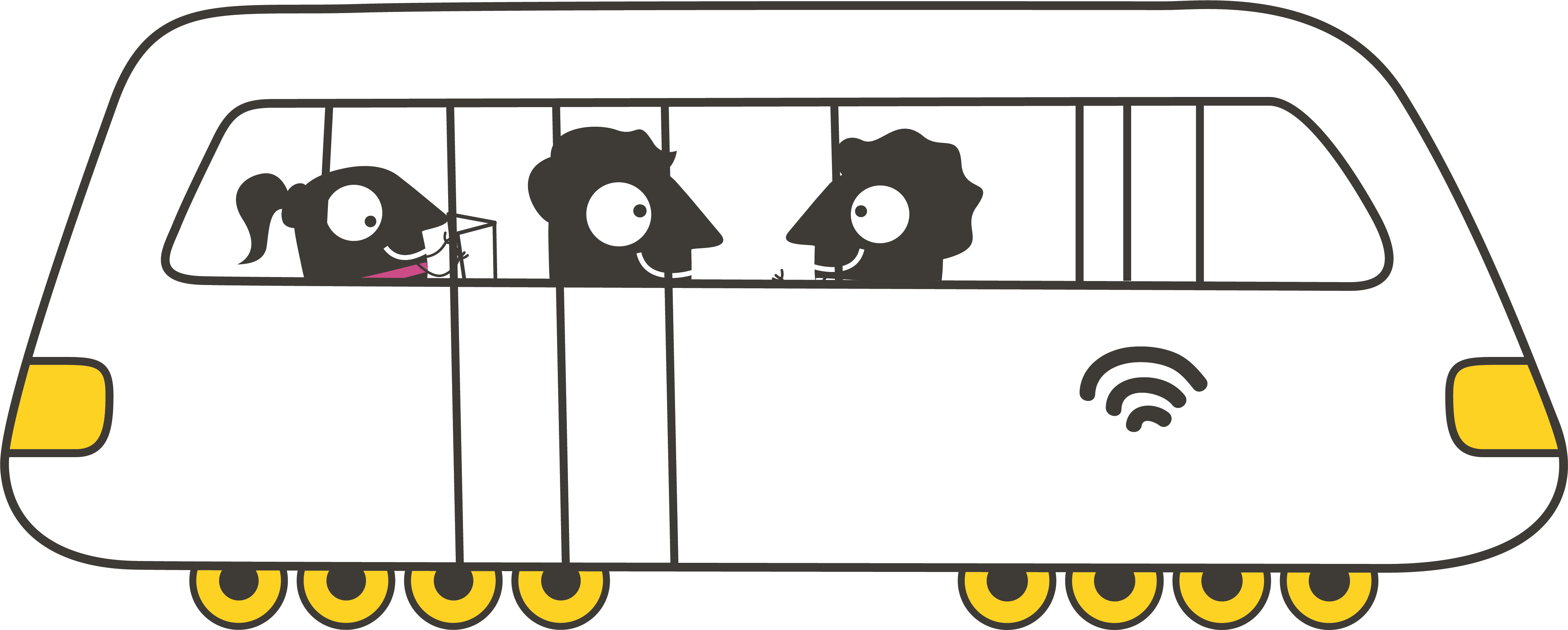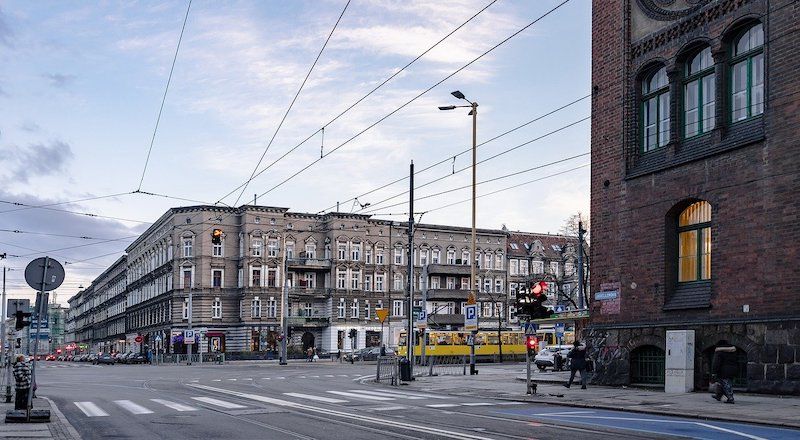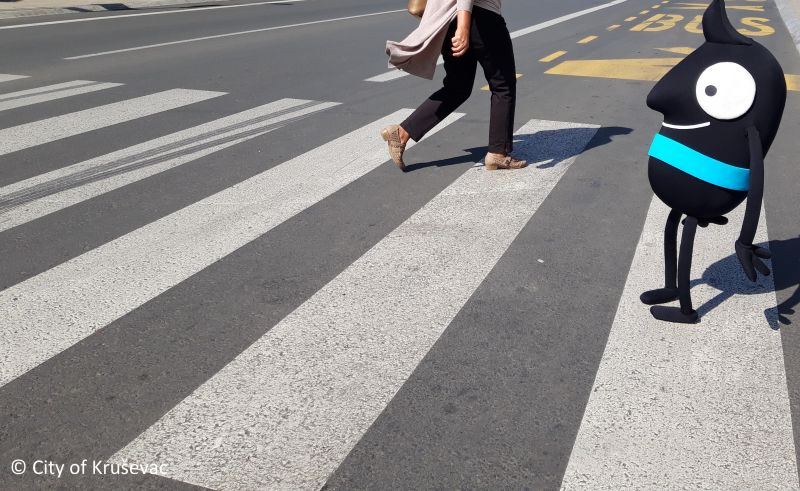Jelena Nikolić, Advisor for sustainable urban mobility and energy efficiency with the City of Kruševac (Serbia), discusses the city's recent EUROPEANMOBILITYWEEK Award for larger municipalities victory.
What activities did Kruševac undertake to help it win the EUROPEANMOBILITYWEEK Award? Were there any activities that you are particularly proud of?
The city has been participating in EUROPEANMOBILITYWEEK, as a golden participant, for several years now. Similar to previous years, last year we worked on improving the attractiveness of public spaces in the city, improving the infrastructure for pedestrians and cyclists in several locations, expanding the park, installing new pedestrian paths and urban furniture, building a public garage, removing street parking, creating cycle lanes, and turning several traffic light junctions into roundabouts with greenery and sculptures.
Since 2015, we have started to temporarily close the main street in the city center to motor traffic and open it to people, as a “play street“. In the first year, it was closed every evening during the week of EUROPEANMOBILITYWEEK, and based on the positive reactions of citizens, we applied this measure again, extending the duration every year since. Last year, the street was closed from mid-April to mid-October. Children love it when the street is closed to traffic. This temporary measure impacted the way citizens think about how we use public space and how the city center would look without cars.
In 2021, we will celebrate the 650th anniversary of the city - to mark the occasion the city center is getting a new look. In preparation for this, we conducted a survey among citizens on how they imagine the future design of the city center to look. After that, we announced a public competition for the development of an architectural-traffic solution. In addition to this, we had activities to promote sustainable mobility, such as city cycling and walking tours. And in order to draw attention to the impact of traffic on the environment, we organised noise level measurements. We are very proud of the fact that year-on-year our team of associates has increased, as well as the number and variety of our activities.
What has the reaction been among citizens and stakeholders to the city winning the award?
We are extremely honored that our activities have been recognised and that we have received the EUROPEANMOBILITYWEEK Award 2019 for larger municipalities. The news has attracted great media attention, but also the interest of cities and institutions, not only in Serbia, but also from the wider Balkan region.
We were congratulated by various stakeholders, including the Ministry of Transport, Construction and Infrastructure. The award did not come out of nowhere - we have been organising this event for many years, and Kruševac was shortlisted for the Award in 2016. Once the pandemic is over and the circumstances allows, we plan to organise an event to celebrate winning the award with everyone who contributed to its success.
What does winning the EUROPEANMOBILITYWEEK Award mean to the city?
For several years now, the city has been working to improve walking and cycling infrastructure, accessibility for people with disabilities, and the attractiveness and safety of public spaces - through the improvement and expansion of parks and squares. Squares have always been meeting places and that is why we should continue with these investments, which affect the liveliness of the city, and increase the quality of life.
Irrespective of the size of the measures, it is important to work on them constantly. This award provides good encouragement to continue our work, because our efforts have been recognised. Kruševac is a pioneer in Serbia on this topic, because it is the first city to adopt a Sustainable Urban Mobility Plan (SUMP). And not only do we have the plan, we are also acting on it - implementing measures to improve the quality of life in the city. Winning this award provides us with a good indication that we are on the right track, and we hope our success inspires other cities to follow our example.
What are the benefits of taking part in EUROPEANMOBILITYWEEK for your city?
EUROPEANMOBILITYWEEK is like a one-week festival in our city, which, in addition to promoting permanent sustainable mobility measures, consists of various daily activities for all ages. It provides a good opportunity to highlight the use of public space for sustainable modes of transport and to reconsider everyday mobility habits. It also provides local residents with an opportunity to comment on our work in an informal way. We often forget that we are all pedestrians, and the fact that walking is beneficial to both our health and the environment - EUROPEANMOBILITYWEEK provides a good opportunity to remind us of those facts.
What advice would you give to cities that are looking to take home the EUROPEANMOBILITYWEEK Award?
It is necessary to have a team of varied stakeholders, in order to design interesting activities for different age groups. Special attention should be paid to vulnerable groups, and those who may have difficulty in moving around the city. Through involving them in the event, you give them visibility and can reassure them that their needs will be met.
We designed activities and included Associations of Persons with Disabilities, Associations of people with Diabetes (active mobility is very important for them), senior citizens, and children. Last year, for the first time, we used the EUROPEANMOBILITYWEEK campaign mascot, which was invaluable and attracted the attention of citizens of all ages. And of course, last but not least, you need to have the support of sponsors, to make the activities more attractive, and to ensure good media coverage and promotion of activities, so that those who may have missed the event will take part next time.






